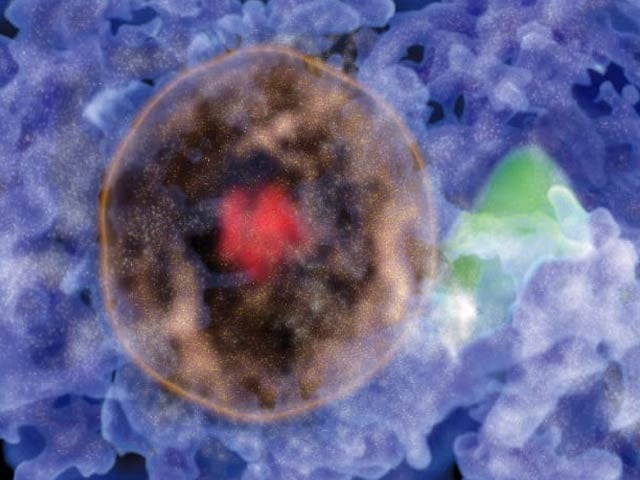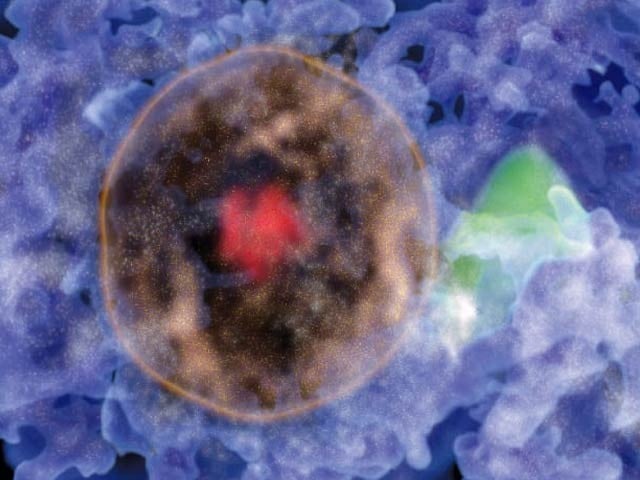
The slightly altered image shows the bubble, which is a billion light-years across and filled with galaxies. Photo: AFP
London: After reviewing images and data from the Hubble Space Telescope, international astronomers have for the first time discovered a bubble-like structure in the universe that is based on galaxies and is estimated to be a billion light-years across. Is.
This bubble is 10,000 times larger than our own Milky Way galaxy and is located 82 million light-years away from the same galaxy. This giant bubble is believed to have formed shortly after the Big Bang and thus may play an important role in understanding the ancient universe. For this reason, experts have also called it the cosmic cycle (fasal).
On the one hand, the scientists themselves are surprised by this surprisingly large cosmic phenomenon, on the other hand, its study adds many interesting revelations. Dr Kevin Howitt from the University of Queensland School of Mathematics and Physics has also been part of the research. They say that seeing this cosmic wonder we ourselves are in awe because it is so close to us.
According to Dr. Cavlin, this can be used to determine the speed of cosmic expansion and tells us how big our universe could be. According to him, the cosmic history may need to be rewritten in the light of this discovery.
The research is published in this week’s Astrophysical Journal. According to research, the hot plasma in the early universe emitted sound waves due to gravitational and radiative processes called ‘Baryon Acoustic Oscillation’ (BAO). Experts first noticed the signals from the BAO in 2005.
However, after 380,000 years after the Big Bang, this process stopped, the universe cooled down a bit and bubble formations were formed somewhere. Then these bubbles spread and grew bigger. But we can call them the first signs of the early universe and this bubble is also one of them.
(function(d, s, id){
var js, fjs = d.getElementsByTagName(s)[0];
if (d.getElementById(id)) {return;}
js = d.createElement(s); js.id = id;
js.src = “//connect.facebook.net/en_US/sdk.js#xfbml=1&version=v2.3&appId=770767426360150”;
fjs.parentNode.insertBefore(js, fjs);
}(document, ‘script’, ‘facebook-jssdk’));
(function(d, s, id) {
var js, fjs = d.getElementsByTagName(s)[0];
if (d.getElementById(id)) return;
js = d.createElement(s); js.id = id;
js.src = “//connect.facebook.net/en_GB/sdk.js#xfbml=1&version=v2.7”;
fjs.parentNode.insertBefore(js, fjs);
}(document, ‘script’, ‘facebook-jssdk’));



